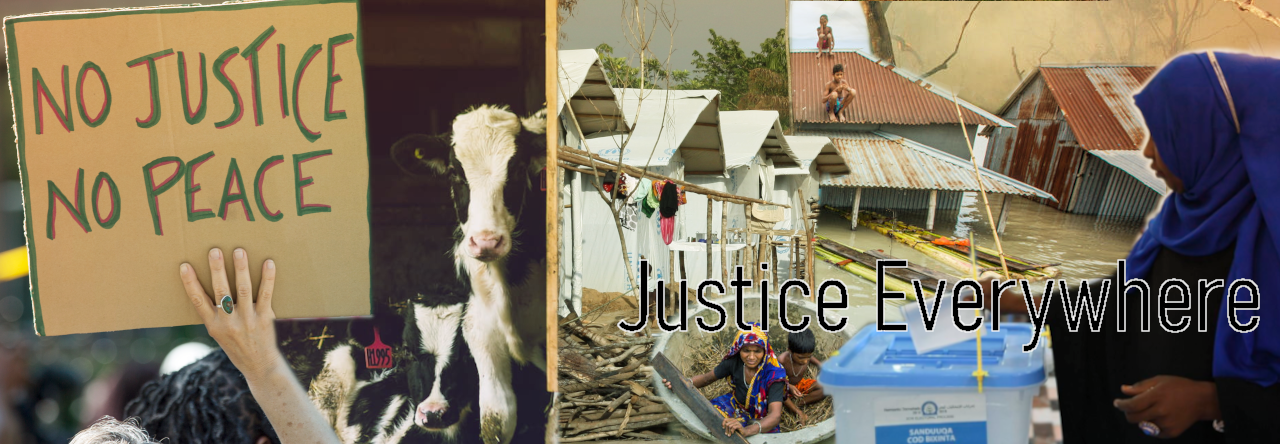Beyond the Ivory Tower Interview with Toby Buckle
This is the latest interview in our Beyond the Ivory Tower series, a conversation between Sara van Goozen and Toby Buckle. Toby Buckle runs the popular Political Philosophy Podcast. He has a BA in PPE from Oxford University and an MA in Political Philosophy from the University of York. He spent many years working with political and advocacy groups in the United States, such as Human Rights Campaign, Environment America, Working Families Party and Amnesty International. He started his podcast around seven years ago, and has interviewed academics including Elizabeth Anderson, Orlando Patterson, Phillip Pettit, and Cecile Fabre, as well as politicians (such as Senator Sherrod Brown, or Civil Rights Commission Chair, Mary Francis Berry), commentators (such as Ian Dunt) and public figures (such as Derek Guy AKA Menswear Guy). He is the editor of What is Freedom? Conversations with Historians, Philosophers, and Activists (Oxford University Press, 2021). He writes regularly for Liberal Currents. In this interview, we discuss running a podcast, the enduring relevance of historical philosophers, and what young academics can do to build a public profile.
(more…)

